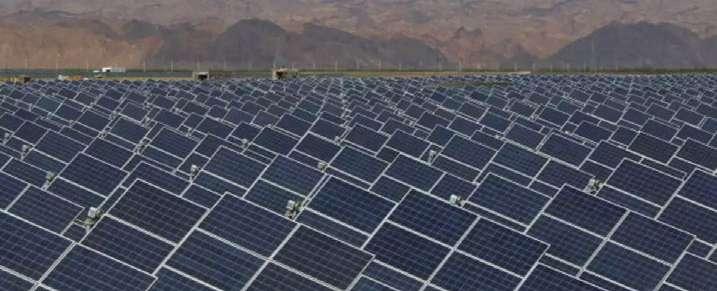www.saurenergy.com
September 2021 | `200
DCP LICENSING NO. F.2(S-29) PRESS/2016 | VOL. 6 | ISSUE 1 | TOTAL PAGES 72 | PUBLISHED ON 1ST OF EVERY MONTH
DREAMING UP A SUCCESS STORY From Global Firms to Startups, firms are finding new ways to win in India.
Filippo Carzaniga Chairman, FIMER
Mohal Lalbhai
Founder and CEO, Matter
Dr. Akshay Singhal
Founder, Log 9 Materials









